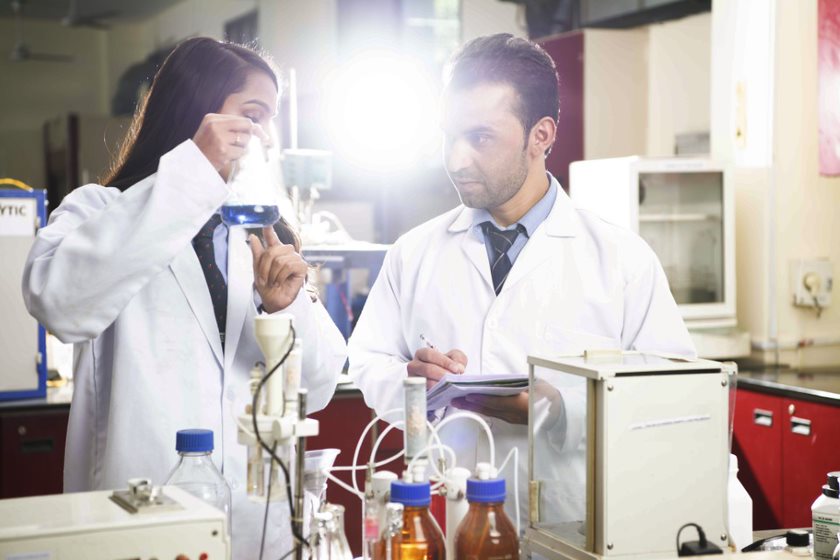How UPES faculty is pushing the boundaries of knowledge to drive innovation

A research-oriented faculty can encourage students to come up with innovative ideas for problem-solving. Solutions developed by UPES’ students and faculty such as AI-based telemedicine app Spotdoc and COVID-specific Sanirobo are examples of the university’s commitment to research-based learning
Research has become a critical component for ensuring a sustainable and better world. From technology to textiles, continued research is the key to innovative discoveries. Students across specialisations must be apprised of the importance and benefits of research in today’s constantly evolving and dynamic world. Universities like UPES are doing that by fostering an environment of research and innovation among both the faculty and the students.
The first step towards creating this ecosystem is to build a team of globally-acclaimed and research-driven academicians who can shape the minds of tomorrow. At UPES, many faculty members come from different international institutes with years of academic experience. Some are also recipients of prestigious scholarships such as Fulbright and Chevening that are granted based on the applicant’s research background. This is a testament to the university’s unwavering support towards creating the necessary research ecosystem that can benefit the students in various ways. When the faculty is research-oriented, it is natural that the students will also be encouraged to come up with innovative ideas for problem-solving.
A research-based learning environment helps students develop critical thinking and analytical skills. It also expands students’ knowledge beyond the designated curriculum and the classroom. A strong and experienced faculty can help guide and mentor students interested in pursuing research. Learning through research and participating in various research projects can make for a more exciting and engaging university life.
Since its inception, UPES has witnessed exponential growth in its research output. In the last five years, total citations increased by more than five times whereas the number of patents filed grew by 35 times. The year 2020, especially, has been a milestone in innovation and research as it saw the highest ever research output in Scopus in the university’s history. In 2020, the per faculty research output reached 1.5 from 0.5 in 2017. Many professors published books in their field of specialisation or contributed to writing chapters. The number of patents filed by faculty members increased from four in 2014 to 145 in 2020.
The COVID-19 pandemic showed the impact of research on our daily lives and the need for innovative solutions. UPES’ faculty members and students came together to help solve some of the unique challenges created by this global health crisis. Spotdoc is one such innovation. This AI-based telemedicine app comes with an SOS call button and can predict if someone is a COVID-19 suspect. It can also suggest specialists, monitor blood pressure as well as heart rate.
Sanirobo is a patented, COVID-specific innovation developed by a faculty and student duo. It is an automated sanitisation apparatus that uses an in-built camera to monitor and capture data of an area to be sanitised. Once it receives a spray prompt, it sanitises the respective area.
During the pandemic, UPES’ faculty members published almost 39 patents and built 15 COVID-specific technology solutions.
With the virus still being active in various parts of the world and posing new threats every day, research has become imperative for coming up with new solutions. The discoveries and innovations churned by UPES during the pandemic reiterated the university’s commitment to focusing on research-based learning and preparing the students for a research-driven future.



